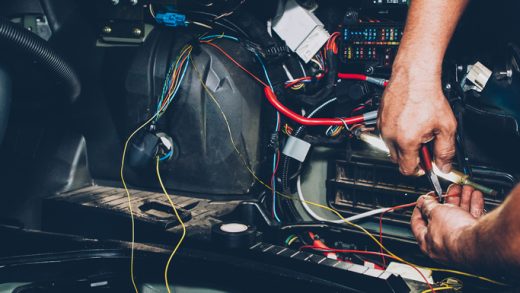When it comes to vehicle maintenance, one of the most critical yet often overlooked aspects is monitoring engine oil levels. Engine oil plays a vital role in lubricating moving parts, reducing friction, and preventing overheating. However, many drivers are unaware of the symptoms that indicate low oil levels, which can lead to severe engine damage if not addressed promptly. In this article, we will explore the various symptoms of low oil, their implications, and the necessary steps to take to ensure your engine remains in optimal condition.
Understanding the Importance of Engine Oil
Before diving into the symptoms of low oil, it’s essential to understand why engine oil is crucial for your vehicle. Engine oil serves multiple functions, including:
1. Lubrication: It reduces friction between moving parts, which helps prevent wear and tear.
2. Cooling: It dissipates heat generated by engine components, maintaining an optimal operating temperature.
3. Cleaning: It helps remove contaminants and sludge, keeping the engine clean.
4. Sealing: It forms a seal between the piston rings and cylinder walls, enhancing engine efficiency.
Given these functions, maintaining the correct oil level is paramount for the longevity and performance of your engine.
Symptoms of Low Oil Levels
Recognizing the symptoms of low oil is crucial for preventing potential engine damage. Here are the most common indicators:
1. Oil Pressure Warning Light
One of the first signs of low oil is the illumination of the oil pressure warning light on your dashboard. This light indicates that the oil pressure is below the recommended level, which could be due to low oil levels or a malfunctioning oil pump. If this light comes on, it’s essential to check your oil level immediately.
2. Unusual Engine Noises
If you start hearing knocking or tapping sounds coming from your engine, it could be a sign of low oil. Insufficient lubrication can cause metal components to rub against each other, leading to increased friction and noise. This symptom should not be ignored, as it may indicate that your engine is already suffering from damage.
3. Overheating Engine
Low oil levels can lead to inadequate cooling of the engine, resulting in overheating. If your temperature gauge rises above normal levels, it’s crucial to check your oil. An overheated engine can cause severe damage, including warped cylinder heads and blown gaskets.
4. Excessive Exhaust Smoke
If you notice blue or gray smoke coming from your exhaust, it may indicate that your engine is burning oil due to low levels. This symptom often accompanies other issues, such as worn piston rings or valve seals, but low oil can exacerbate the problem.
5. Oil Leaks
Visible oil spots under your vehicle can indicate a leak, which can lead to low oil levels. Regularly inspecting your parking space for oil stains can help you catch leaks early. If you find any, it’s essential to have them repaired promptly to prevent further oil loss.
6. Frequent Oil Changes
If you find yourself needing to change your oil more frequently than recommended, it could be a sign of low oil levels or an underlying issue such as an oil leak or engine wear. Monitoring your oil consumption can provide insights into your engine’s health.
What to Do If You Experience These Symptoms
If you notice any of the symptoms mentioned above, it’s crucial to take immediate action:
1. Check Oil Level: Use the dipstick to check your oil level. If it’s low, add the appropriate type of oil as specified in your owner’s manual.
2. Inspect for Leaks: Look for any visible signs of oil leaks under your vehicle. If you find any, have them repaired by a professional mechanic.
3. Consult a Mechanic: If symptoms persist after adding oil or if you notice unusual noises or overheating, consult a qualified mechanic. They can diagnose potential issues and recommend necessary repairs.
4. Regular Maintenance: To prevent low oil levels, adhere to a regular maintenance schedule that includes checking oil levels, changing oil, and inspecting for leaks.
Conclusion
Understanding the symptoms of low oil is essential for every vehicle owner. By recognizing these signs early, you can prevent severe engine damage and ensure your vehicle runs smoothly. Regular maintenance and vigilance can save you from costly repairs and extend the life of your engine. Remember, when in doubt, consult a professional to keep your vehicle in top condition.


